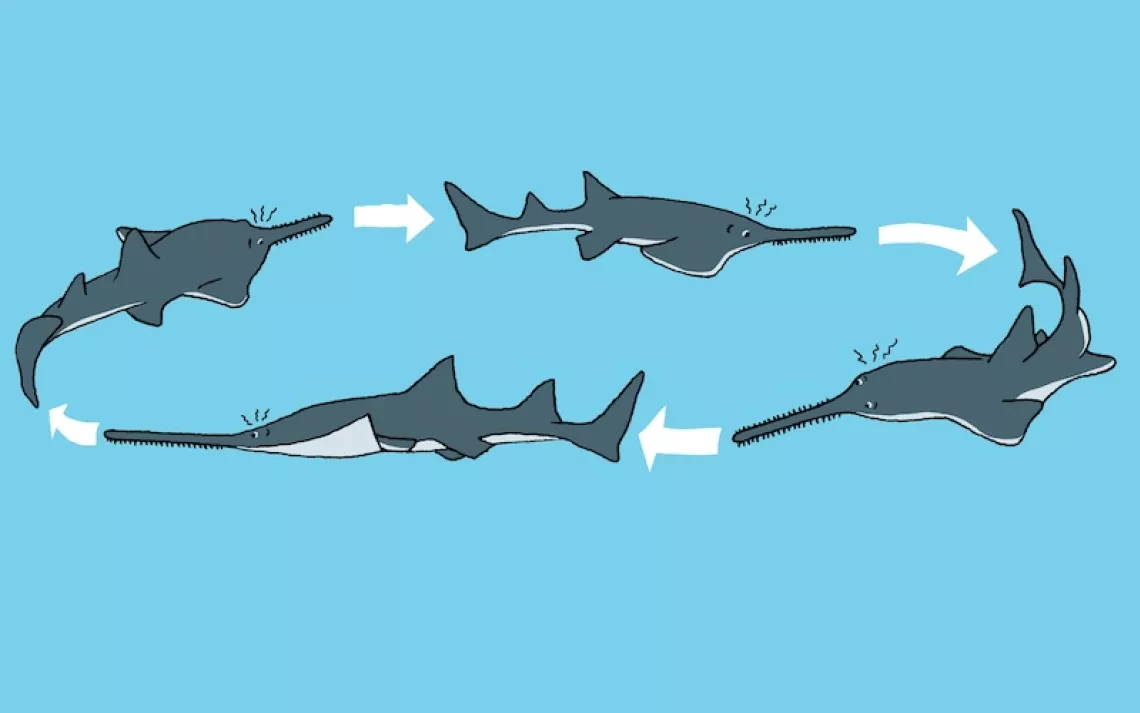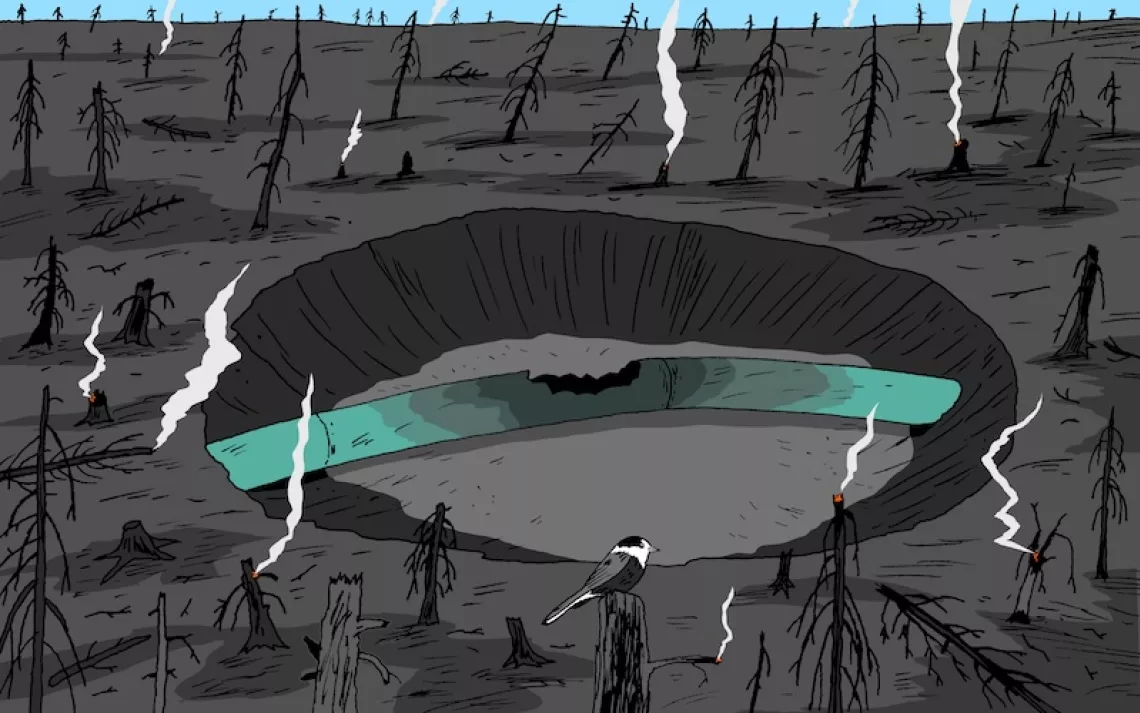From the Editor: Profiles in Courage
U.S. environmentalists need to stand in solidarity with indigenous environmental activists facing repression

Take a look at satellite imagery of Brazil's Amazon River basin and you'll notice something: Often, the places with the most intact rainforest are also the places indigenous communities call home. This fact runs counter to the thinking that once dominated conservation efforts. In the 19th and 20th centuries, conservationists assumed that protecting a landscape required clearing out people. Now it's becoming apparent that indigenous cultures—whose cosmologies and lifeways are still hitched to wild nature—are some of the best stewards of natural areas and wildlife.
As Michael Benanav reports in our cover story, traditional communities in India are at the forefront of tiger-conservation efforts there. Forest-dwelling peoples like the Soligas and the Chenchus revere tigers and, thanks to their intimate knowledge of the landscape, are among the most effective guards against poaching. "Who killed the tigers? City people!" a Soliga leader told Benanav. "We have always protected the forest."
Half a planet away—on the icy shores of the Arctic Ocean—a very different indigenous culture demonstrates how traditional ways are connected to an ethic of environmental protection. Disappearing sea ice and increased erosion brought on by climate change threaten to wash the Inupiaq village of Shishmaref into the sea. The people there are anxious about having to relocate, and many fear they will lose touch with their traditions of subsistence hunting. To defend their way of life, the Inupiat have become an important voice in the effort to address global warming.
From the Arctic tundra to the forests of South Asia, the world's remnant indigenous cultures offer industrial society a living example of how humans can live with the land, rather than off it. Just as important, indigenous communities are a model for how to resist the forces of reckless extraction.
In many countries, communities that campaign to defend forests, rivers, and mountains are met with awful violence: beatings, torture, death threats, and assassinations. Reporter John Gibler and photographer Mónica González Islas traveled to Honduras—reportedly the most dangerous place in the world to be an environmentalist—to investigate the 2016 assassination of indigenous environmental leader Berta Cáceres. Cáceres's murder is the most high-profile example of an epidemic of political violence that is fueled by an atmosphere of impunity. As one land defender told Gibler, "No one investigates anything here." Despite the risks, people there continue to resist illegal logging, land seizures, and ill-conceived dams.
Such courage and commitment in the face of extreme violence represent a test of U.S. environmentalists' spirit of solidarity. Around the world, indigenous communities are standing up to defend land, water, and wildlife. We need to stand with them.
 The Magazine of The Sierra Club
The Magazine of The Sierra Club







